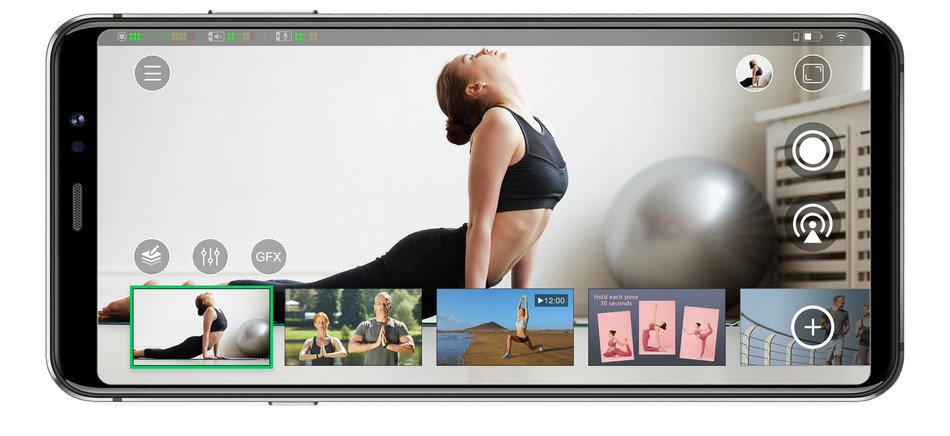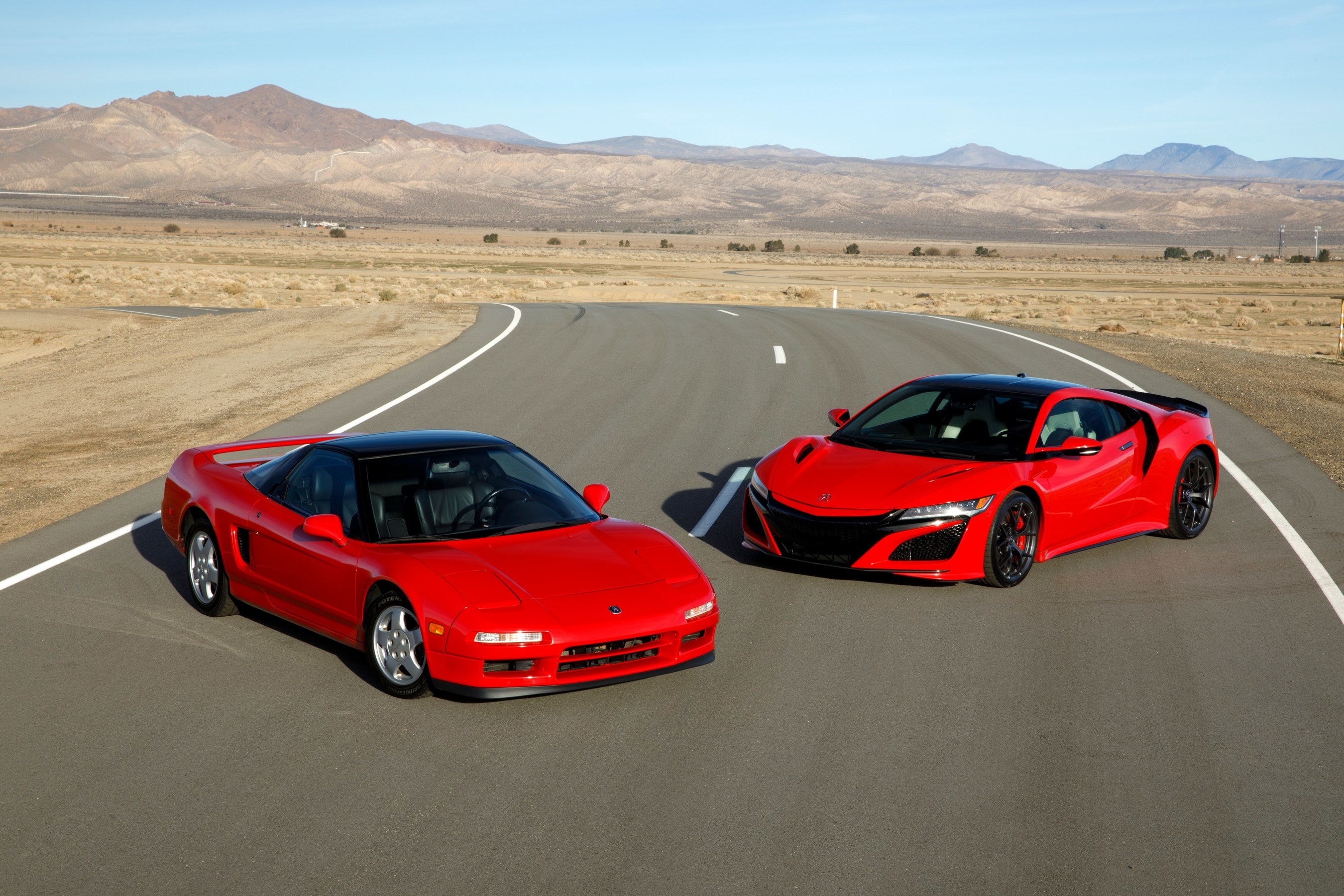StreamGear’s New VidiMo Show App Puts a Powerful Streaming Studio in the Palm of Your Hand

READING, Pa., Dec. 1, 2020 /PRNewswire/ — Video solutions start-up StreamGear Inc. has unveiled its standalone VidiMo Show live streaming production app, designed to let any smartphone user stream video like a pro. Featuring the same powerful software interface as the company’s award-winning VidiMo Go multi-camera production system, VidiMo Show enables users to easily create professional-looking live streams and recorded shows with nothing more than their smartphone.

Intuitive enough for novice streamers yet powerful enough for experienced producers, VidiMo Show enables content creators to bring an engaging new level of sophistication to their live shows or to record visually rich programs in real time without time-consuming editing. VidiMo Show helps users increase and captivate their audience by elevating content such as ‘how-to’ videos, product reviews, live worship services, music performances, news interviews, and training courses into compelling, polished productions.
Storytellers can produce, direct, and star in their own show, or stay behind the scenes while crafting amazing looking programs. VidiMo Show lets users customize unlimited scenes in advance, each with its own layout and combination of live video (using the phone’s front or rear camera), audio, graphics, text, and pre-recorded media clips. Users can easily switch between these scenes on the fly while live streaming or recording, with effects such as lower-third graphic overlays, on-screen telestration, and animated transitions further enhancing the visual experience.
The resulting creations can be instantly broadcast live on social media (with presets for YouTube™ Live, Facebook™ Live, and Twitch™) or to a private streaming server. Shows can also be saved locally to the smartphone’s camera roll for rebroadcasting, post production, or archiving. As users’ audiences and production ambitions grow, they can scale up by connecting a DSLR or mirrorless camera and microphone through the optional VidiMo Go hardware (available by the end of this year) to capture the highest quality video and audio.
“The VidiMo product family is mobile video production as it was meant to be,” said Darryl Spangler, CEO of StreamGear Inc. “While our VidiMo Go hardware-and-app combination is ideal for creating multi-angle productions that incorporate external sources, offering VidiMo Show as a standalone app makes its intuitive capabilities available to millions of smartphone users with ideas they want to share through video. From tutorials and unboxing reviews to worship and live events, VidiMo Show will help them tell their story beautifully.”
The VidiMo Show app is available immediately for Android and iOS devices through the Google Play Store and iOS App Store, respectively. Users can sign up for a free 15-day trial of the app by visiting https://streamgear.io/vidimo.
About StreamGear – StreamGear (www.streamgear.io) is hyper-focused on developing tools that make it easy for users to create high-quality video. The company’s leadership team has more than five decades of combined experience in the video production, digital media, and live streaming markets. StreamGear’s first product, VidiMo, turns a smartphone and video source into a full-fledged, virtual video production and transmission facility, making it easier than ever for professionals and enthusiasts to create and share engaging live video content.
Copyright 2020 StreamGear Inc. All rights reserved. All trademarks are the property of their respective holders. Features, pricing, availability, and specifications are subject to change without notice.
SOURCE StreamGear





